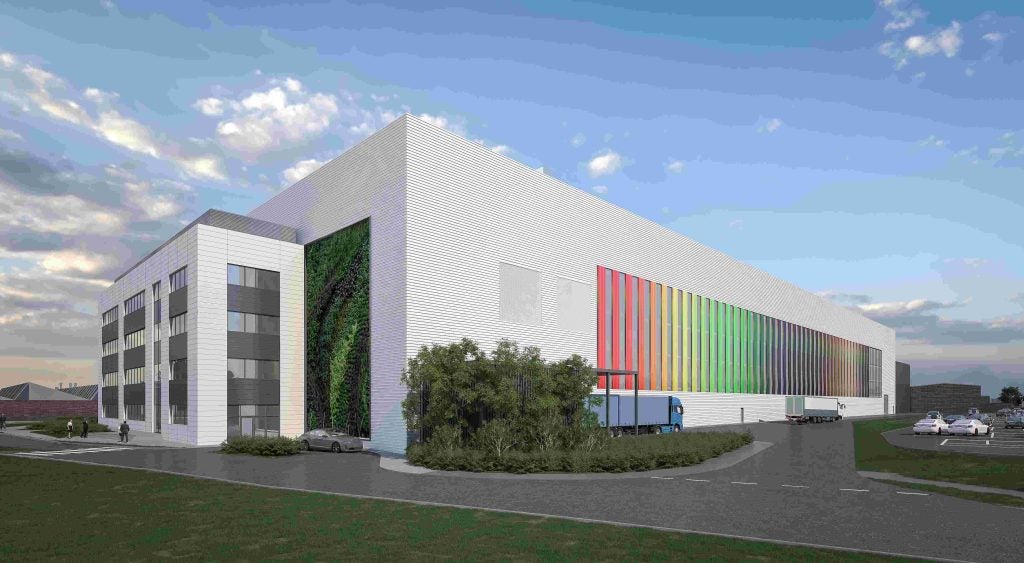Heralding its next-generation in Mazda’s trajectory to ‘Sustainable Zoom-Zoom 2030’, Mazda has revealed its revolutionary Skyactiv-X engine and Skyactiv-Vehicle Architecture to the public at the 45th Tokyo Motor show.
Mazda says it is again challenging the status quo with the reveal of the Skyactiv-X engine. A completely new type of engine, Skyactiv-X is set to become the world’s first commercial gasoline engine to use compression ignition.
Skyactiv-X combines the high-revving character of a gasoline engine with the fuel efficiency, torque and fast initial response of a diesel, by adopting Mazda’s proprietary combustion method called Spark Controlled Compression Ignition (SPCCI).
Thanks to this new combustion method, Skyactiv-X delivers unprecedented engine response and increases torque 10–30% over the current Skyactiv-G engine. Furthermore, compression ignition makes possible a super lean burn that improves engine efficiency up to 20–30% over the current Skyactiv-G engine.
Skyactiv-Vehicle Architecture
Maintaining its focus on a human-centred design and providing the ultimate Jinba-ittai driving experience, Mazda introduces the Skyactiv-Vehicle Architecture.
Developed to maximise the human body’s inherent ability to balance itself, several innovations lead to more comfortable and less tiring driving and enable all occupants to respond quickly to environmental changes.
How well do you really know your competitors?
Access the most comprehensive Company Profiles on the market, powered by GlobalData. Save hours of research. Gain competitive edge.

Thank you!
Your download email will arrive shortly
Not ready to buy yet? Download a free sample
We are confident about the unique quality of our Company Profiles. However, we want you to make the most beneficial decision for your business, so we offer a free sample that you can download by submitting the below form
By GlobalDataA new chassis structure ensures that each part interacts smoothly, controlling energy transfer to the body where multi-directional ring structures transmit inputs without delay and redesigned seats keep the pelvis upright and maintain the spine’s natural “S” curve, reducing tiring body and head movement. NVH performance has been meticulously optimised based on vibration energy characteristics and the mechanisms by which humans perceive sound.
Zoom-Zoom: the technology driving Mazda towards 2030
Embraced in the Mazda Kai Concept hatchback, these advances represent a leap ahead for Mazda in its ambition to achieve ‘Sustainable Zoom-Zoom 2030’.
Announced in early 2017, Mazda’s ‘Sustainable Zoom-Zoom 2030’ vision sees Mazda strive to offer driving pleasure combined with outstanding environmental and safety performance.
Launching in 2019, Skyactiv-X is a cornerstone of this vision, and will set Mazda on its way to achieving its goal of reducing corporate average ‘well-to-wheel’ carbon dioxide emissions to 50% of 2010 levels by 2030, and a 90% reduction by 2050.
Not only will a new generation of drivers experience leading design and technology in their Mazda, they’ll know they’ve chosen a vehicle that’s been designed to make a substantial difference to the future.
Endless evolutions
Its release follows the Skyactiv-G gasoline engine and the Skyactiv-D diesel engine. The name Skyactiv-X is representative of an evolution that features the best components of the two.
While this development marks significant progress in Mazda’s move towards it sustainable vision, it says the team will continue research and develop further evolutions in efforts to produce the ideal combustion engine so it remains at the forefront of automotive innovation.







